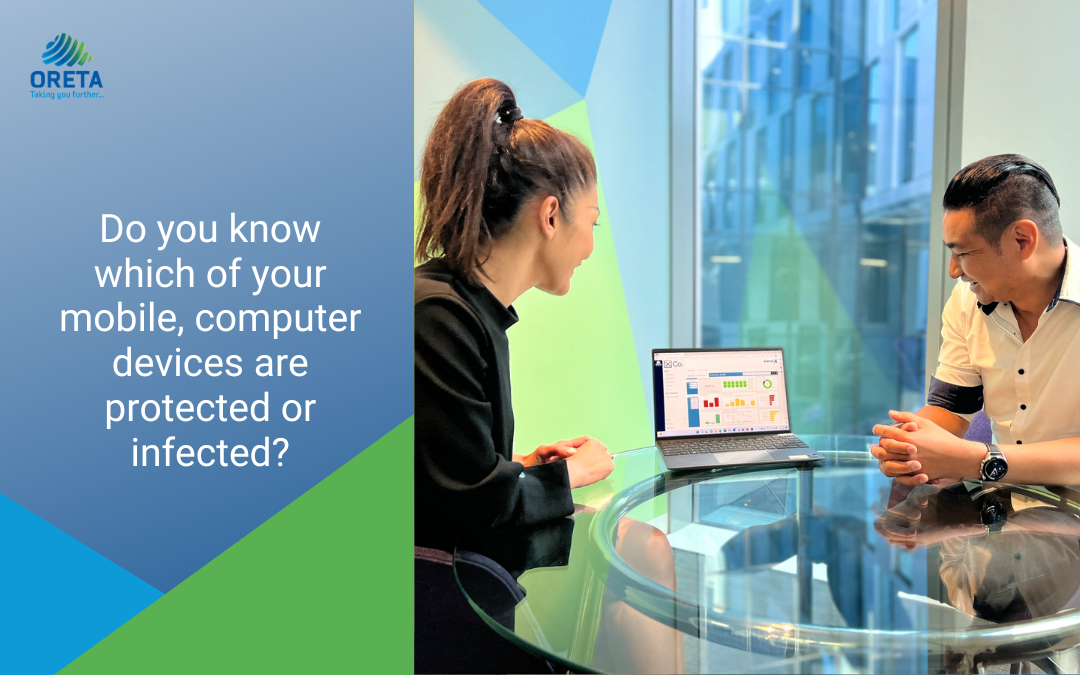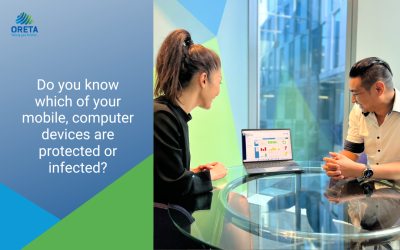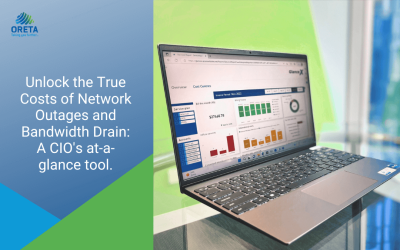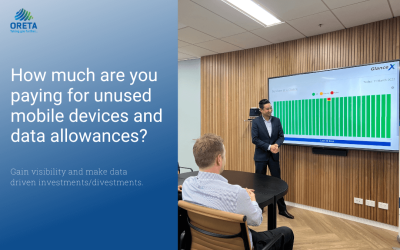What is considered an endpoint?
Examples of endpoint devices include:
- Desktops
- Laptops
- Mobile devices
- Tablets
- Smartwatches
- Internet of Things (IoT) devices
- Point-of-Sale (POS) systems
- Medical devices -Digital printers
- Servers
What is endpoint security?
Endpoint security consists of a piece of software, called an “agent,” installed and executed on an endpoint to protect it from and detect an attack. Endpoint protection solutions, or endpoint protection platforms (EPP), work by examining processes, system activity, and files for suspicious or malicious indicators. These could come in the form of next-generation endpoint protection solutions such as EDR, XDR and much more.
Why is it important to have endpoint visibility for mobile and computer devices?
On average, a phishing attack takes 213 days to detect and 80 days to contain (Cost of Data Breach Report). 213 days is a lifetime, providing the attacker ample time to move laterally, establish persistence, conduct reconnaissance, plan, and finally execute an attack.
Endpoint visibility should be at the forefront of your IT security strategy, as endpoints are quite likely to be the first choice for an attacker trying to penetrate your organization’s network. At a time when hybrid and remote work is rising and human error is inevitable, businesses need to make sure they have visibility in real-time to stop the infection from spreading further.
How to gain visibility into your endpoint?
Being a strategic partner with several of the biggest security experts in the industry, Oreta understands the world of cyber threats and the importance it plays in protecting confidential information. GlanceX was developed with best practice security in mind, to provide digestible insight so companies can make quick and effective decisions.
The top-level dashboard shows holistic daily health checks of Security operations for the previous 30 days. The drill-down capability enables companies to see when and where the problem has occurred. GlanceX is easily accessed anywhere, any time and at any location via a simple, dedicated web browser link.
Contact us now to gain visibility into your endpoint and make data-driven decisions on your security posture.




